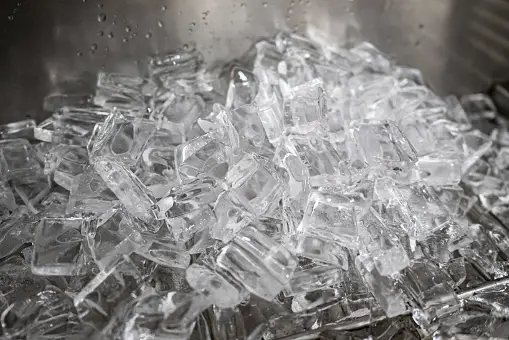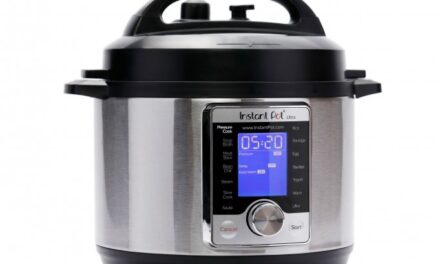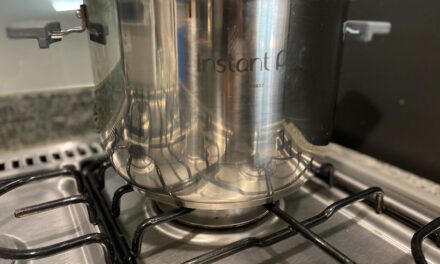Ice makers can be tricky and may not work the way we want when we want a cold drink. Fixing the ice maker should not be an issue. If the problem is persistent, you may need a new ice maker.
If you choose to work with it and keep it, there are steps you can take to fix your ice maker. Read this article if you want to know how to fix your Frigidaire portable ice maker in seven steps.
Check to Make Sure the Icemaker Is Plugged In
It seems like the most obvious solution in the world, but if you are having trouble with your ice maker, you should check to see that the cord is plugged into the outlet. You may need to use another home outlet to ensure it is receiving power.
Inspecting your cord for unraveling or a loose-fitting connection may be a good idea. If the cord is not attached correctly to the device, this may be the reason that your ice maker is not working.
If you think your cord may be damaged, you have to switch it to a new one.
Test the Outlet for Power
It is a no-brainer: if the outlet is not emitting power, the ice maker will not work.
Attempt plugging your ice maker into a different outlet. If it functions in another outlet, check the circuit breaker on your electrical panel to see if any electrical issues need your attention. Check the panel to ensure that something has not tripped.
If there is an electrical issue, you may need to call the professionals. If there are no problems with your circuit breaker, check to make sure the outlet in the wall has electricity. There are special tools you can use to perform this action. Call an electrician to fix it if anything is amiss.
Check the Ice Maker’s Water Supply
If your ice maker is not getting any water, it will impede the ice maker’s ability to produce ice.
There could be:
- Clogged water pipe on the bottom of the ice maker
- An issue with the pump
- Calcium build-up
Check the water reservoir and add water as needed. Some portable ice makers will automatically turn off if there is any issue with the water, and no water is one of the most common reasons it shuts off. You should also be careful not to overfill your ice maker.
Clean Your Ice Maker
Since ice makers can become extremely dirty over time, you must also clean your portable ice maker. Bacteria and viruses may be present if you fail to do this.
Other problems that can result if you do not clean your ice maker:
- Ice is too slow to be made
- Ice quality is poor
- Low ice capacity
Another problem that may arise if you do not clean your ice maker is that the ice that is produced can be incomplete or shallow cubes. If your ice seems like it is taking forever to make or the sensors are not working, these are great reasons to clean the ice maker.
Take care to remove the water filter to give it a good, thorough cleaning. Immerse it in white vinegar or the juice of a lemon to eliminate mineral deposits. Make use of a toothbrush to clean any dirt or debris it may have on it. Rinse and replace the filter. A portable ice maker should be washed every 3 to 6 months.
Tweak the Temperature
Your ice machine will have difficulty making ice if the water inside is too warm.
Refill the machine with cold water. Hot water will only hinder the ability of your ice maker to produce ice until it cools down to room temperature.
You can try moving your ice maker closer to an air conditioner because too much hot air circulating can also inhibit ice production.
Check Ice Storage Bin
Now, if none of the above worked, you can try to check the ice storage bin.
If the ice bin is full, but no ice is coming out, it may shut down to keep ice from overflowing onto the dry, clean kitchen counter.
If the ice bucket is empty or partially full, check to see that the ice sensor is not blocked, which could signal your ice maker to stop making ice.
Check for Leaks
Look for any coolant leaks; if you notice them, you should contact a professional.
Check specifically for leaking on the counter or water dripping out of your ice maker.
You should find out the warranty policy on your icemaker if you decide to have it serviced.
Conclusion
If you attempt all these steps and nothing changes, it may be time for a new ice maker. You should have an ice maker that efficiently produces ice without problems.





